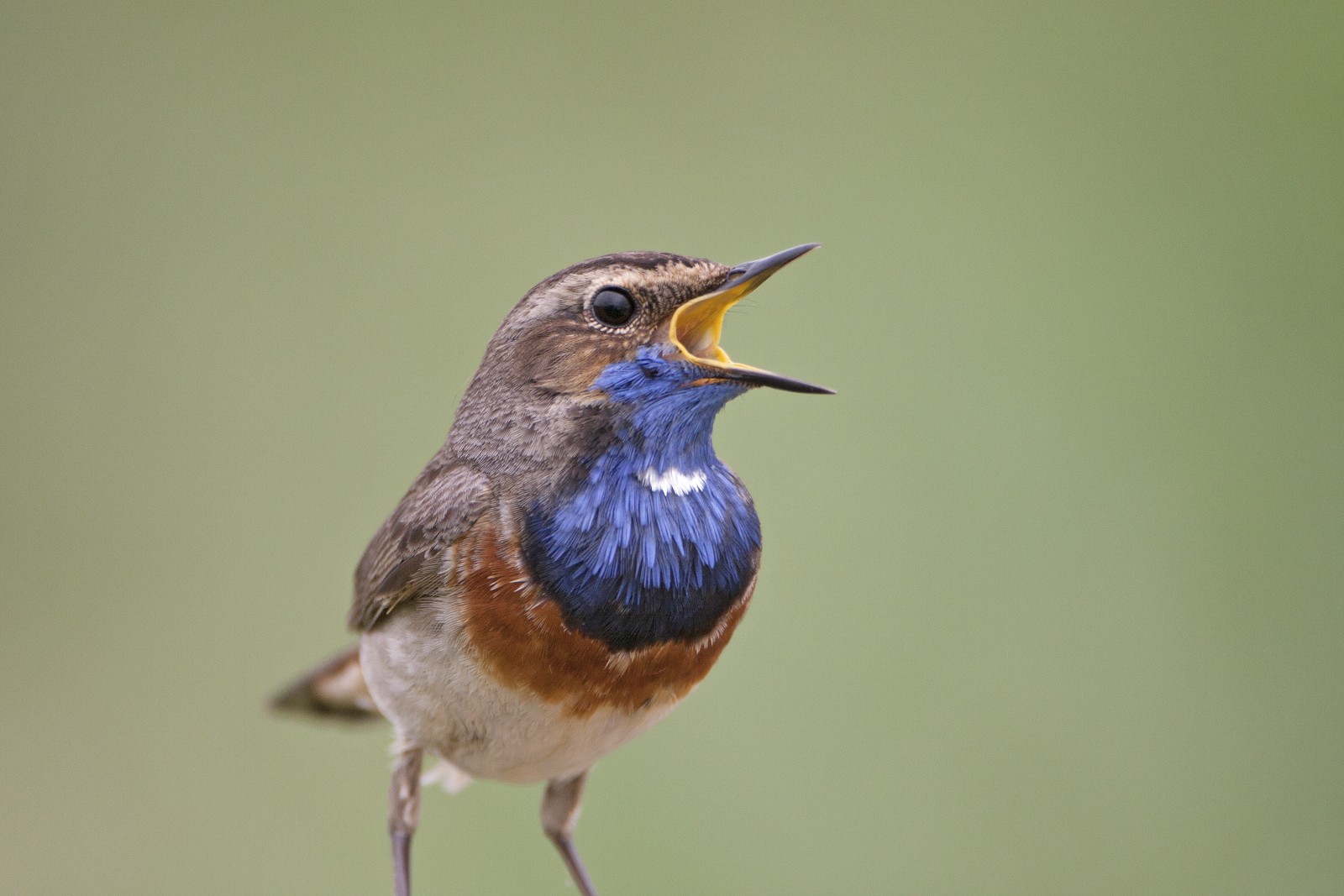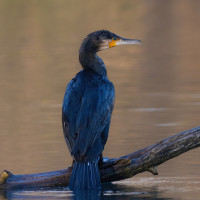Opis
Infiltration area Castricum is a dune area where drinking water is produced by means of infiltration of river water. A circular trail runs partly through forests, but also through a beautiful open, wetland area with reeds and open dunes with lots of sea buckthorn. Infiltration area Castricum is a good bird area all year round. Because it is close to the sea and on the migration route, the chance of special birds and rarities is always present here during the spring and autumn migrations and rybołów and białorzytka are often seen then. You can see zimorodek, jastrząb, głowienka, kszyk and dzięcioł zielony all year round. In the winter you can find łabędź krzykliwy, wodnik (zwyczajny) and bąk. In spring and summer łozówka, podróżniczek, kobuz, kląskawka en słowik rdzawy. In the middle of the area is a large kormoran breeding colony. Along the way you will also pass a bird watching screen and some dune lakes.
_________________________
Nederlands: Infiltratiegebied Castricum is een duingebied waar drinkwater wordt geproduceerd door middel van infiltratie van rivierwater. Vanaf bezoekerscentrum de Hoep kun je een mooie wandeling maken. Die loopt deels door bossen, maar ook door een prachtig open, waterrijk gebied met riet en open duin met veel duindoorn. Infiltratiegebied Castricum is het hele jaar door een goed vogelgebied. Omdat het vlakbij zee ligt en op de trekroute is de kans op bijzondere vogels en zeldzaamheden hier altijd aanwezig tijdens de voorjaarstrek en najaarstrek. Vaak worden dan rybołów en białorzytka gezien. Verder kun je hier het hele jaar door zimorodek, jastrząb, głowienka, kszyk en dzięcioł zielony zien. In de winter kun je hier łabędź krzykliwy, wodnik (zwyczajny) en bąk aantreffen. In lente en zomer łozówka, podróżniczek, kobuz, kląskawka en słowik rdzawy. Midden in het gebied zit een grote kormoran broedkolonie. Onderweg passeer je ook nog vogelkijkhutten, een vogelkijkscherm en wat leuke duinmeertjes waar je soms steltlopers kunt zien.
Szczegóły
Dostęp
Paid parking at De Hoep visitor center. From there a walking route of 7 km is signposted with red arrows. The route runs first through forests and then along the infiltration basins. A small part of the route follows a busy cycle path, which fortunately is wide enough, but watch the cyclists.
_________________________
Nederlands: Betaald parkeren bij bezoekerscentrum De Hoep. Vanaf daar staat een wandelroute van 7 km met rode pijltjes bewegwijzerd. De route loopt eerst door bossen en vervolgens langs de infiltratiebekkens. Een klein deel van de route loopt over een druk fietspad, dat gelukkig breed genoeg is, maar let wel op de fietsers. Je kunt het infiltratiegebied dus ook prima per fiets bereiken over het fietspadennetwerk.




